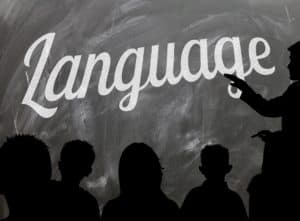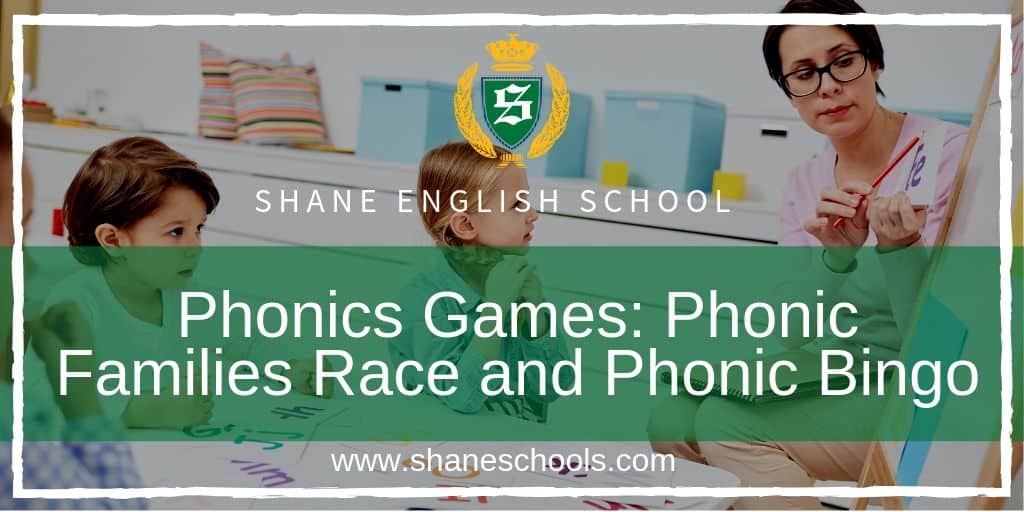
Phonic Families Race
Preparation:
- Draw a big picture on the board and divide the picture up into shapes.
- Write a phonic sound and add points in each shape.
How to play:
- In their teams, students take turns to throw a sticky ball at the board.
- When a student has hit a shape, the team reads the phonic sound (e.g., ‘oi’ ) and as a team they think of 3 more words (real or imaginary) that are part of the same family (e.g., ‘boil’, ‘coin’, ‘zuoiputoit’ ). Make sure that everyone is contributing.
- Students in their teams then take turns to rush to the board and write the words.
- After a few minutes, stop the activity and count how many words each team has made and award points accordingly.
- Bonus points can be awarded for long or funny words, but only if they can pronounce them!
Special notes:
- You may need the help of your TA with monitoring if you have a large class.
- Both teams don’t have to wait for each other, as the objective is to make as many ‘phonic family’ words before the time limit is up.
Phonic Bingo
You’ll need:
- 3 bags or boxes
- Pieces of paper with 1 vowel and 1 consonant written on each piece of paper (you may need well over 50 of these depending on class size)
- Pieces of blank paper
Preparation:
- Put the vowels in Bag 1.
- Put the consonants in Bag 2.
- Put the pieces of blank paper next to Bag 3.
How to play:
- On the whiteboard each student draws a blank grid (3×3, 4×4 or 5×5: dependant on class size and level).
- One student takes a random vowel from Bag 1 then a consonant from Bag 2 and reads the combination.
- The other students write the combination anywhere in their own grid.
- The student who read the combination writes it down on a separate piece of paper and puts it into Bag 3.
- Repeat Stage 2 until all the grids are full.
- The combinations in Bag 3 are then taken out by each student (and read) one-by-one and each student marks them on his / her own grid.
- The student who marks a complete row, column, or diagonal first is the winner.
A version of this article originally appeared in Shane English School Taiwan’s Teachers’ News, Volume 3, Issue 4. It was written by Daniel Mendoza.

We're hiring!
With schools around the world, Shane English School always has exciting new opportunities to offer.


